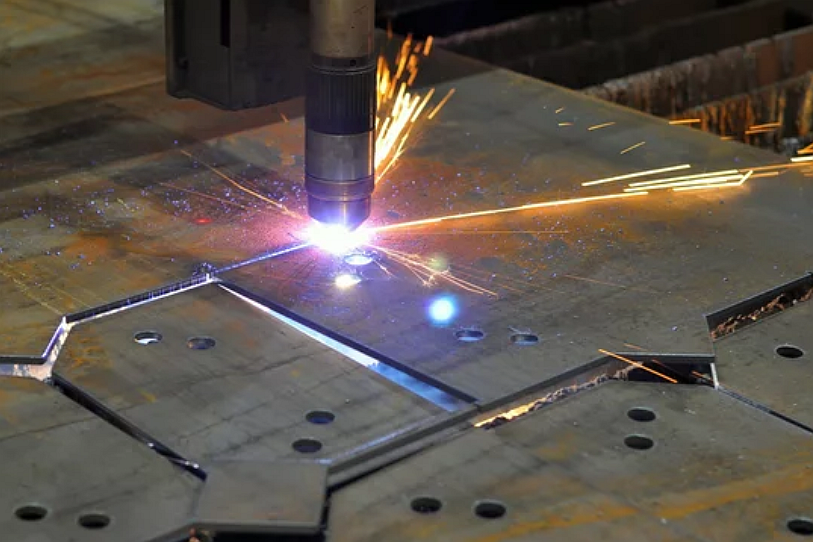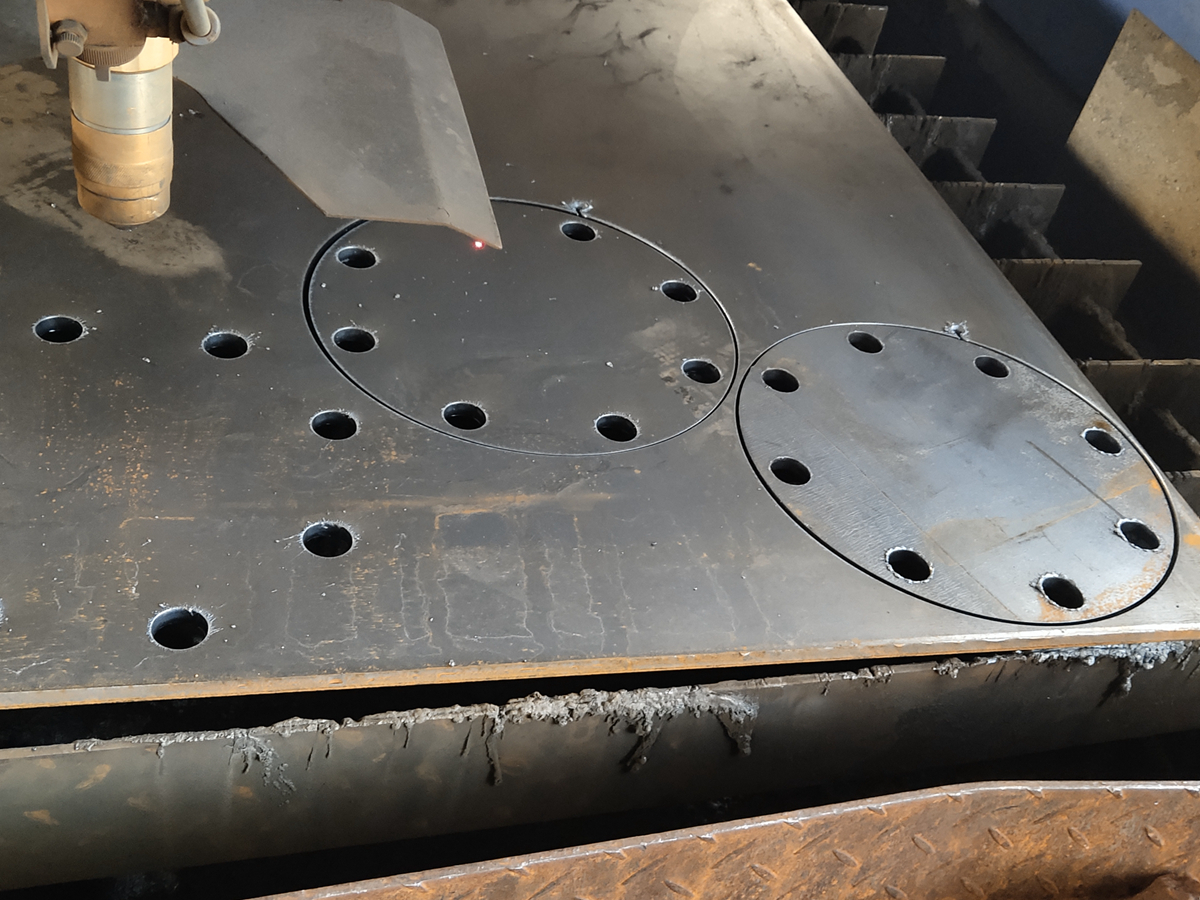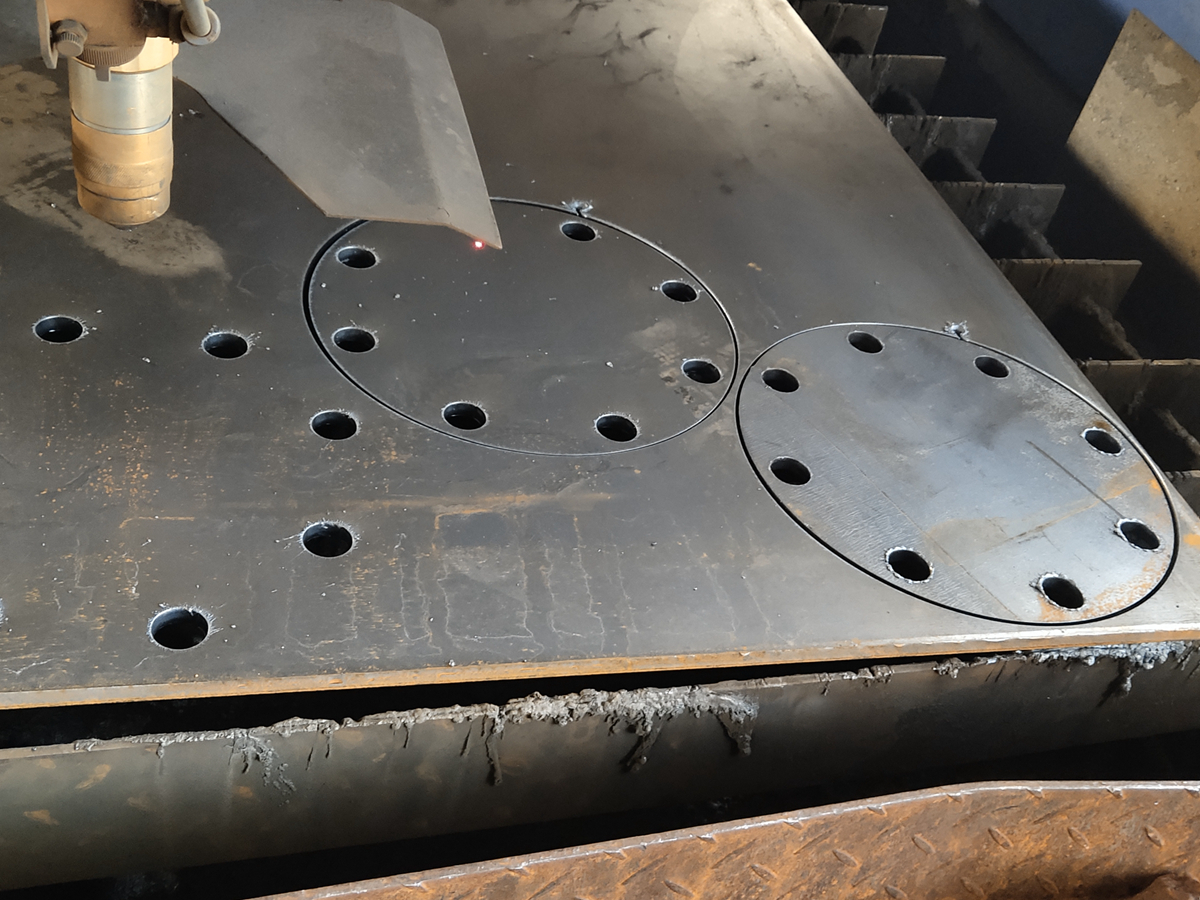How does plasma cutting differ from oxy-fuel cutting?
How Does Plasma Cutting Differ from Oxy-Fuel Cutting?
Cutting Principle and Technology
Plasma Cutting: Uses an electrically conductive gas (such as compressed air, nitrogen, or argon) energized into plasma to melt metal at temperatures exceeding 20,000°C. An electric arc forms between the electrode and the workpiece, enabling precise and high-speed cutting.
Oxy-Fuel Cutting: Relies on a chemical reaction between oxygen and the base metal (typically steel) to oxidize and blow away molten metal. A preheating flame (oxygen-acetylene or oxygen-propane) raises the material to ignition temperature (~900–950°C) before cutting begins.
Material Compatibility
Plasma Cutting: Cuts all electrically conductive metals, including stainless steel, aluminum, copper, carbon steel, and brass—ideal for aerospace, automotive, and telecommunication applications.
Oxy-Fuel Cutting: Primarily effective on carbon steel and low-alloy steels. It cannot cut non-ferrous or stainless steels effectively due to the lack of an exothermic oxidation reaction.
Cutting Thickness and Speed
Oxy-Fuel: More effective for very thick carbon steel—up to 300 mm or more.
Plasma: Offers higher speeds and better quality on thin to medium thickness metals (0.5–50 mm). For example, 12 mm carbon steel can be plasma-cut at 500 mm/min versus oxy-fuel's 100–150 mm/min.
Edge Quality and Precision
Plasma Cutting: Produces cleaner, narrower kerfs (1–2 mm), smaller heat-affected zones (HAZ ≤ 2 mm), and higher precision—suitable for CNC-guided, tight-tolerance jobs.
Oxy-Fuel Cutting: Results in a rougher edge and wider kerf (3–5 mm), often requiring post-processing, particularly in precision applications.
Portability and Equipment Cost
Oxy-Fuel Systems: Are simpler, low-cost, and portable—ideal for field repairs and construction.
Plasma Systems: More capital-intensive but offer automation, multi-axis capability, and integration with CNC machining for high-volume industrial use.
Comparison Summary Table
Feature | Plasma Cutting | Oxy-Fuel Cutting |
|---|---|---|
Cutting Method | Ionized gas melts metal | Oxidation of heated steel |
Materials | All conductive metals | Carbon steel and low-alloy steel only |
Max Thickness | ~50 mm (ideal) | >300 mm (for carbon steel) |
Speed (12 mm steel) | Up to 500 mm/min | ~150 mm/min |
Edge Quality | Clean, minimal HAZ | Rougher, requires cleanup |
Precision | High (±0.1 mm) | Moderate (±0.5–1 mm) |
Portability | Less portable | High portability |
Setup Cost | Higher | Lower |
Manufacturing Services for High-Performance Metal Cutting
Neway offers both plasma cutting and CNC machining to suit material type, thickness, and application requirements. With 20+ years of experience and ±0.1 mm precision, we deliver cutting solutions for automotive, energy, and industrial sectors worldwide.



